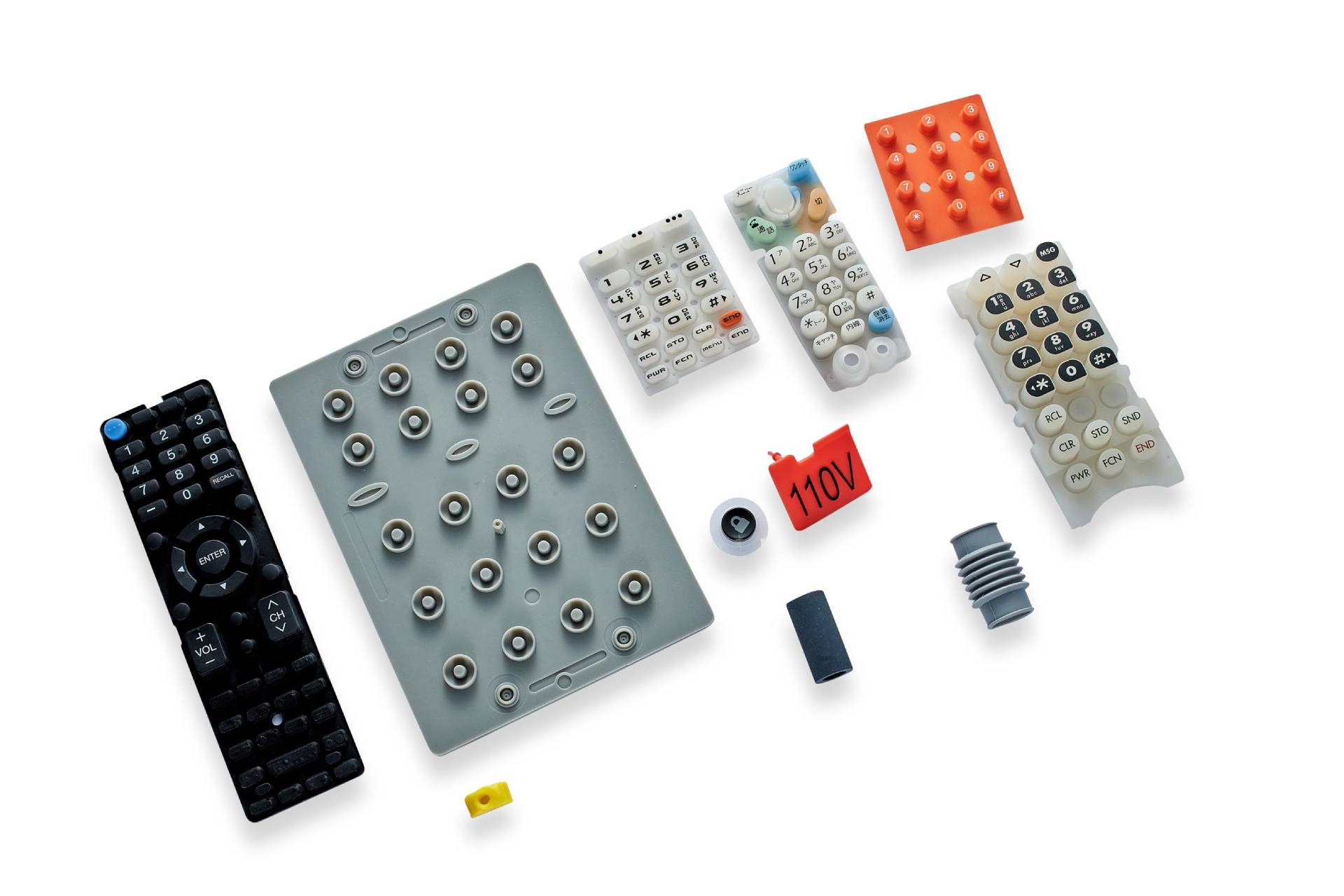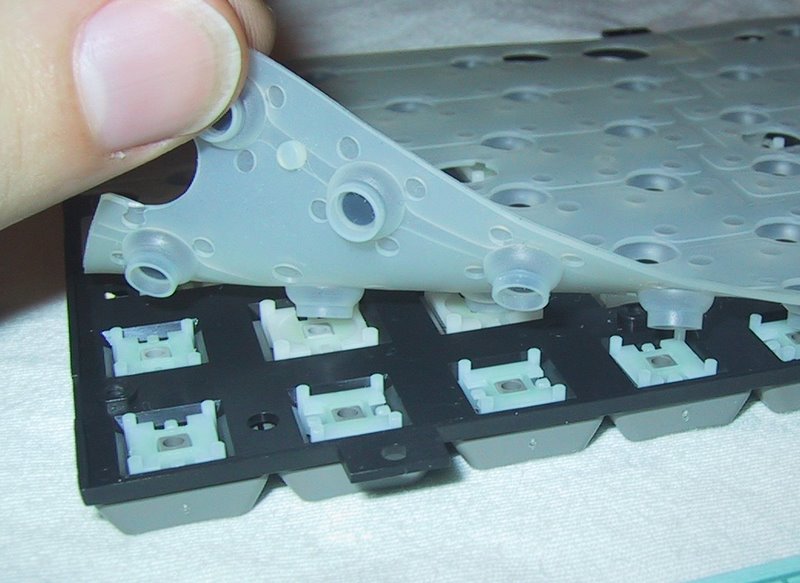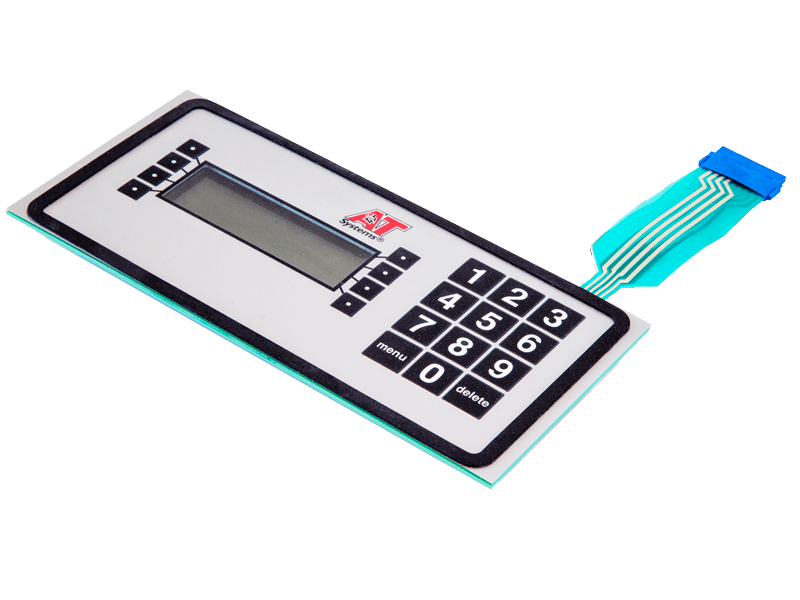Working with a authorized membrane switch manufacturer ensures adherence with industry standards.
Working with a authorized membrane switch manufacturer ensures adherence with industry standards.
Blog Article
Everything About Membrane Layer Switch: Understanding Its Style and Functionality
When you believe regarding the control interfaces in modern-day devices, membrane layer buttons frequently come to mind. Allow's explore what sets membrane layer switches apart from various other control systems.
What Are Membrane Switches?

Membrane switches can also be customized pertaining to form, size, and graphics, allowing manufacturers to develop special user interfaces tailored to certain products. In general, membrane layer switches play a considerable duty in boosting customer experience throughout a vast selection of applications.
Just How Membrane Switches Over Work
When you push a key on a membrane layer switch, it activates an uncomplicated yet effective device. The leading layer, often made from flexible product, presses down onto a conductive layer under it. This action bridges the gap in between conductive traces, completing an electrical circuit. As quickly as the circuit closes, it sends a signal to the gadget's controller, which interprets your input.
You'll notice that the responsive responses differs based on the button style, offering either a soft click or a more pronounced response. When you launch the secret, the membrane returns to its initial position, resuming the circuit and stopping the signal. This process happens practically instantly, making certain a responsive customer experience.
Membrane buttons are preferred as a result of their longevity and resistance to dirt and wetness, making them optimal for different applications, from home devices to medical tools. Recognizing this procedure assists you appreciate their widespread usage.
Trick Components of Membrane Switches
Recognizing the key elements of membrane layer switches is essential for understanding their capability and style. The protective layer shields versus environmental aspects and wear, expanding the switch's life expectancy. By understanding these elements, you'll get insight right into how membrane switches over operate and their importance in different applications.
Products Made Use Of in Membrane Layer Change Design
The efficiency and resilience of membrane switches over heavily rely on the products made use of in their design. You generally come across polyester and polycarbonate as key substrates because of their excellent stamina and adaptability. These materials resist scratches and chemicals, making them ideal for demanding environments.
The conductive layers usually use silver or carbon, picked for their reliability and conductivity. membrane switch manufacturer. Silver offers exceptional performance, while carbon is a cost-effective choice. For the overlay, you could consider a matte or shiny finish, depending upon your aesthetic needs and individual experience
Make certain to choose adhesives that endure ecological variables like temperature and humidity. Choosing the best products will guarantee your membrane switch stands the test of time.
Style Considerations for Membrane Layer Switches
While designing membrane switches, it's essential to take into account numerous variables that influence their performance and customer experience. Start by concentrating on the format and button size; make particular they're instinctive and very easy to navigate.
Confirm your layout accommodates ecological elements, like moisture or temperature level variations, which can affect performance. By very carefully taking into consideration these elements, you'll create a membrane layer button that enhances use and complete satisfaction.
Applications of Membrane Layer Switches
Membrane buttons are functional parts located in numerous applications, from commercial tools hop over to these guys to customer electronics. You'll see their effect in machines that require sturdy user interfaces and in gadgets that gain from smooth styles. Understanding these applications aids you value the performance and usefulness of membrane switches in everyday technology.
Industrial Tools Usage
When you're aiming to improve the capability of industrial tools, membrane switches offer a reputable service that incorporates sturdiness with easy to use layout. These buttons are perfect for extreme atmospheres, offering resistance to dirt, wetness, and chemicals. You'll locate them in control panels for making machines, cooling and heating systems, and clinical tools, where precision and responsiveness are vital. Their low account indicates they fit flawlessly right into different equipment, saving important area while keeping ease of use. With adjustable graphics and backlighting options, you can create an intuitive interface for operators, enhancing effectiveness and security. Plus, their long life expectancy reduces maintenance costs, making them a wise investment for your industrial applications. Accept membrane buttons to improve your procedures and boost overall performance.
Consumer Electronic Devices Assimilation
In the domain of consumer electronic devices, membrane layer switches play a crucial duty in enhancing individual communication and device functionality. Membrane buttons likewise assure resilience and resistance to dirt and moisture, expanding the life-span of your electronics. By picking membrane buttons, you enhance not simply the capability however also the style of your devices, making day-to-day communications smooth and enjoyable.
Advantages and Negative Aspects of Membrane Buttons
While membrane layer buttons offer a variety of advantages, they additionally include some drawbacks that you ought to consider. One significant advantage is their small style, making them excellent for space-constrained applications. They're also cost-efficient, giving a sturdy option with a low manufacturing price. On top of that, their smooth surface is simple to clean, enhancing hygiene in settings like hospitals.

Nevertheless, there are downsides. Membrane switches can have a much shorter life expectancy compared to mechanical buttons, especially under hefty use. They can likewise be much less tactile, which might influence user responses throughout operation. Furthermore, if damaged, fixing them can be difficult and typically needs full replacement. Ultimately, their sensitivity to extreme temperature levels and ecological conditions might restrict their effectiveness in specific setups. Balancing these advantages and disadvantages will aid you determine if membrane switches are the right additional reading fit for your project.
Regularly Asked Inquiries
For How Long Do Membrane Changes Typically Last?
Membrane switches normally last in between 5 to one decade, depending on use and ecological continue reading this problems. You'll intend to examine variables like wear, exposure to wetness, and temperature fluctuations to determine their longevity efficiently.
Can Membrane Layer Switches Be Customized for Specific Designs?
Yes, you can tailor membrane layer switches to fit specific designs (membrane switch manufacturer). You'll have the liberty to select colors, shapes, and formats that match your project's demands, guaranteeing they mix flawlessly with your general aesthetic
What Is the Price Array for Membrane Switch Over Manufacturing?
The expense variety for membrane switch production generally drops in between $1 and $10 per unit, depending upon elements like layout complexity, amount, and materials. You can get quotes from makers to discover the very best option.

Are Membrane Switches Waterproof or Resistant?
Membrane layer buttons can be designed to be water resistant or immune, relying on materials made use of and construction techniques. If you need them for wet atmospheres, guarantee you define those needs during the design process.
Exactly How Do Membrane Switches Over Compare to Standard Buttons?
Membrane layer switches are typically thinner and much more flexible than standard switches, supplying a smooth layout. They're typically easier to cleanse and incorporate, but may not supply the responsive responses you're used to with mechanical options.
Conclusion

Report this page